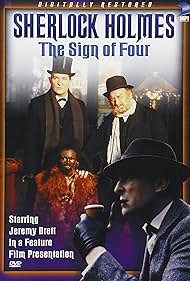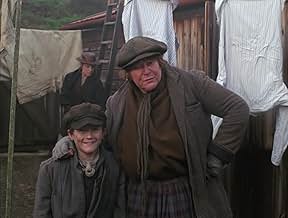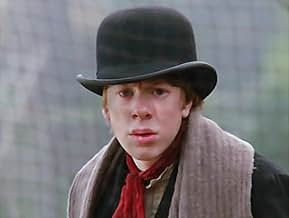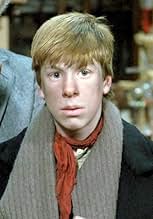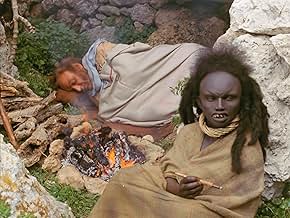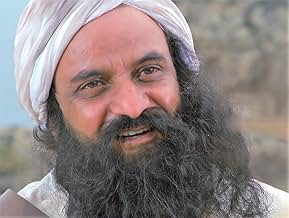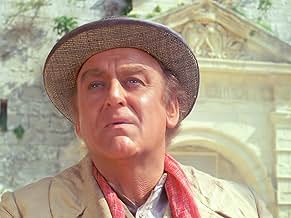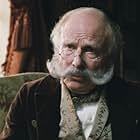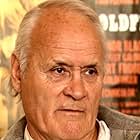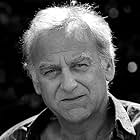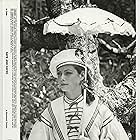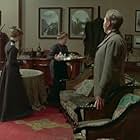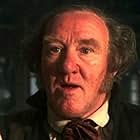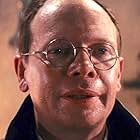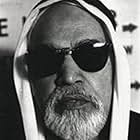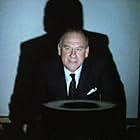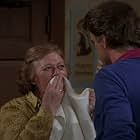This version of "The Sign of Four" is the closest anyone has come to transferring the spirit and letter of Doyle's stories to film. And it stars what might be the best Holmes and Watson to ever appear onscreen, Jeremy Brett and Edward Hardwicke. "The Sign of Four" is a very close adaptation of Conan Doyle's novel, but that would count for nothing if it wasn't stylishly directed, sumptuously produced, and perfectly acted.
It was also made at the right time, when the Granada Sherlock Holmes TV series had proven a success and received the go-ahead and financial backing to expand its format. "The Sign of Four" was filmed in 35mm with a lavish (for TV) budget and presents a convincing vision of Holmes's world, from the cluttered Victorian furnishings to a steam launch chase down the Thames. Jeremy Brett was at the peak of his powers, before manic depression and heart failure permanently wrecked his health. His mercurial Holmes lives only for detection--without a case he's twitchy and irritable; on the trail he suave and scintillating. Hardwicke's Watson is grizzled paragon of common sense and decency. The other players (Jenny Seagrove, John Thaw, Ronald Lacey) are a perfectly cast assortment of eccentrics.
Director Peter Hammond is over-fond of compositions involving mirrors, but he keeps the eye (and the actors) occupied. At its best the film is a catalogue of quintessential Sherlockiana: London fog, hidden treasure, the Baker Street Irregulars, and Holmes's outlandish disguises, violin playing, and elaborate deductions. The plot is classically Holmesian, involving Imperial misdeeds coming home to haunt their perpetrators. Some have criticized the film for the lengthy flashback near the end, but this is the emotional heart of the film, the why-done-it that comes after the criminal's apprehension and gives a tragic coloring to his crimes. It gives the literal Sign of Four an ethical resonance.
Like all of the Granada Holmes productions, "The Sign of Four" has been remastered and released on Blu-Ray. It looks great but whoever handled the color correction eliminated the day-for-night effects so many scenes are brighter then they should be.
